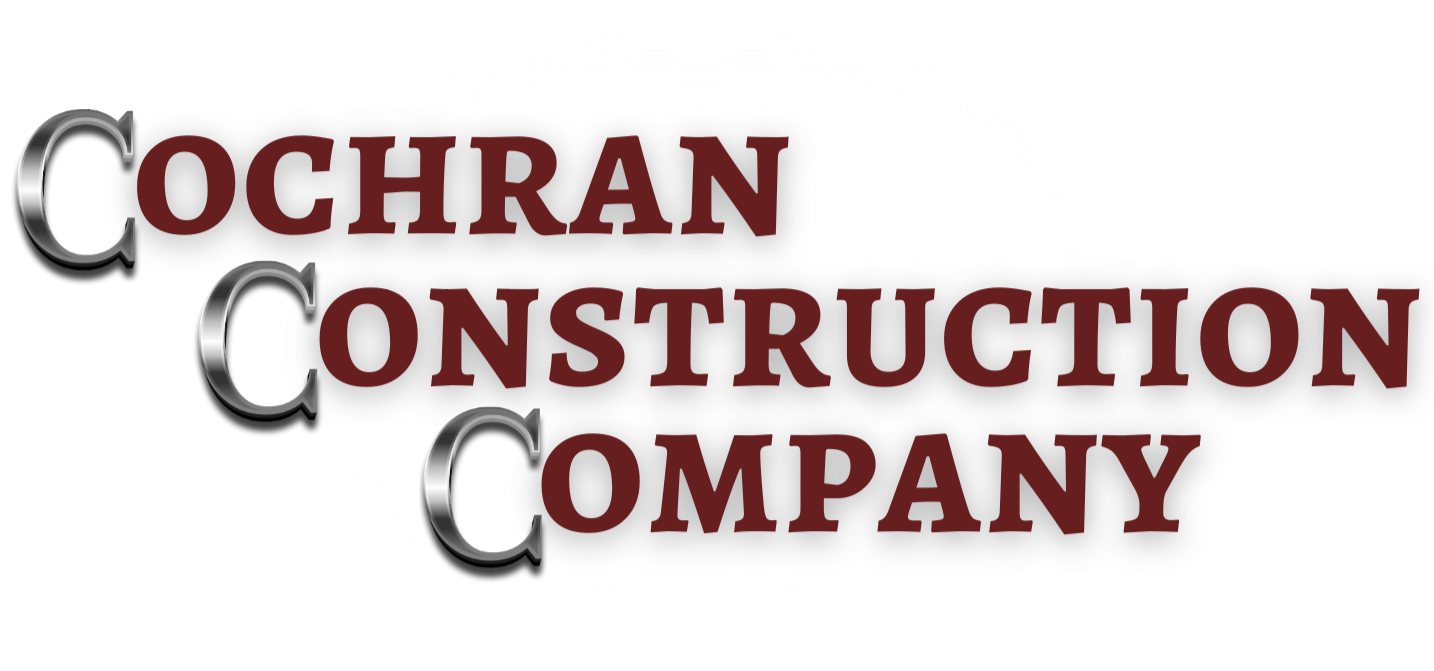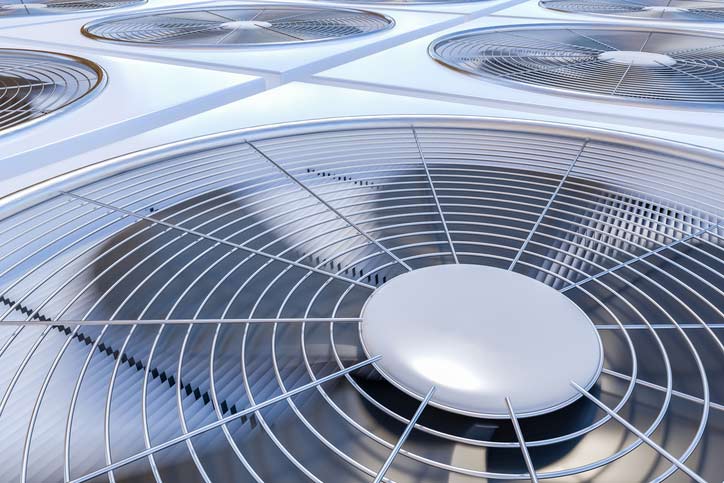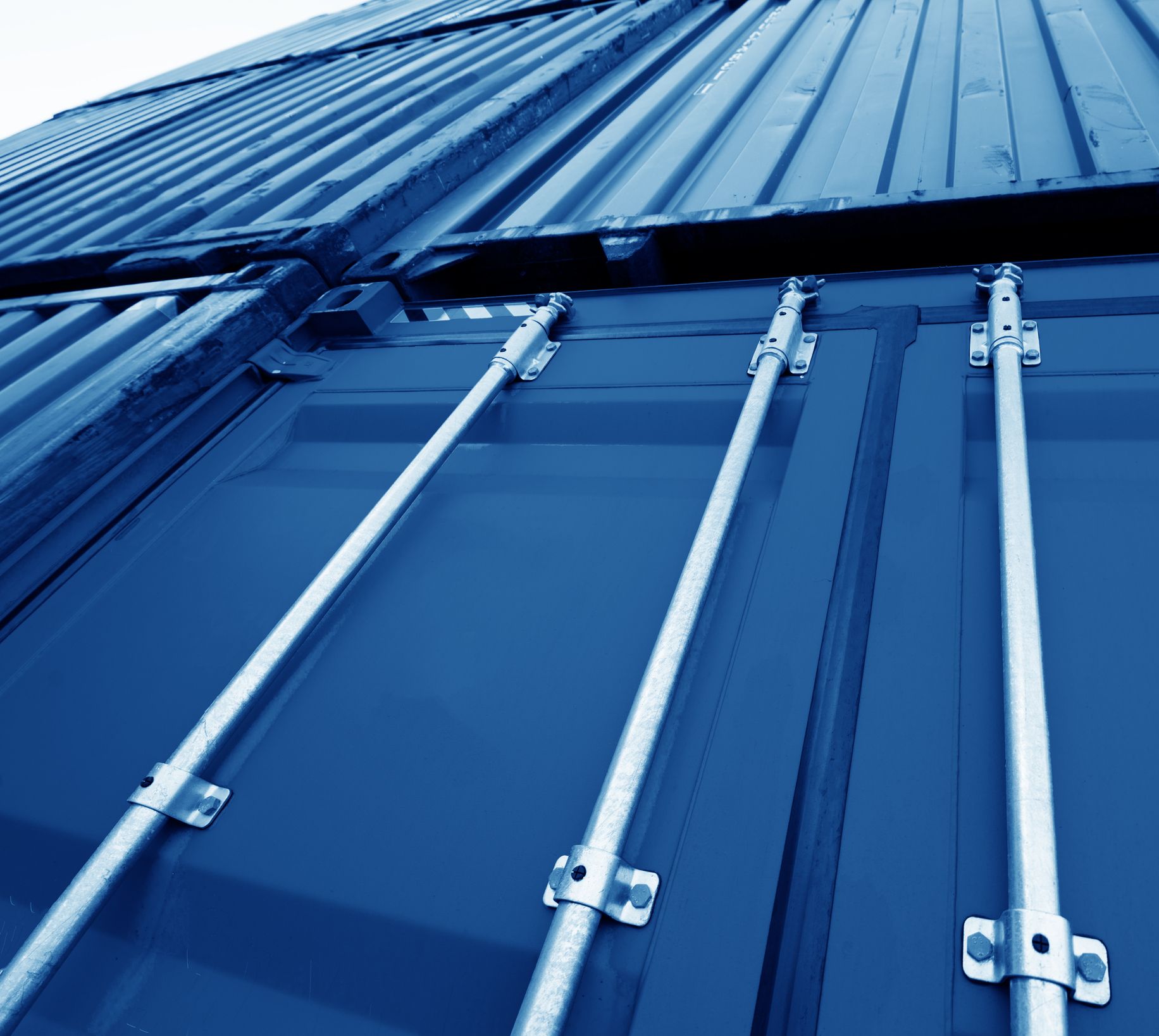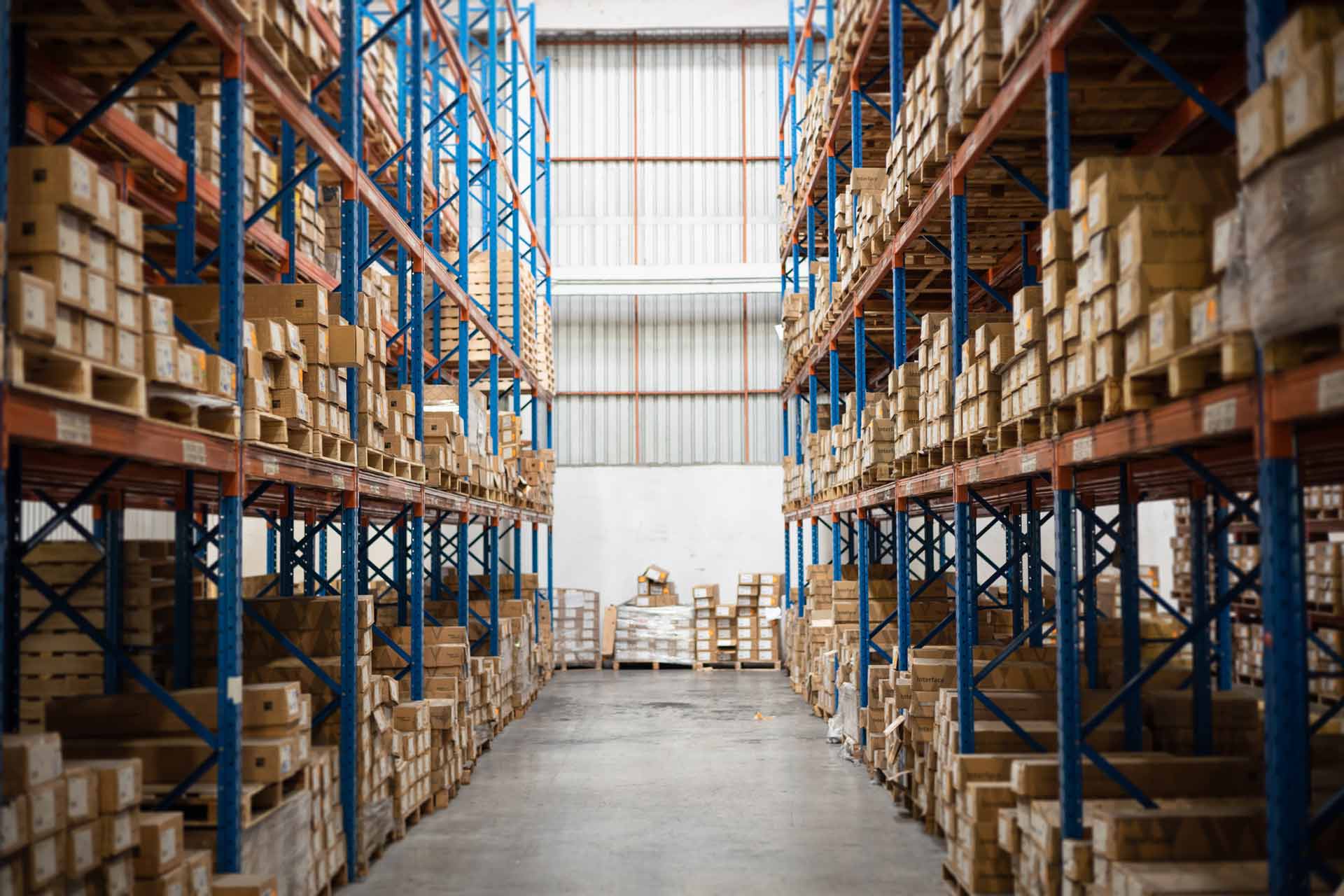5 MISTAKES THAT COULD CREATE CONDENSATION PROBLEMS IN METAL BUILDINGS
One important consideration that should be worked into the design and construction of a pre-engineered metal structure is condensation control.
Condensation can create pesky issues inside a metal structure like corrosion, mold growth, and reduced HVAC efficiency. However, condensation can easily be avoided when the proper precautions are worked into the design phase of creating a pre-engineered metal structure.
The following are six mistakes that need to be avoided in the design and construction of a metal commercial building to ensure that condensation will not cause structural or maintenance issues down the road.
1. Lack of Vapor Retarder
A vapor retarder should come along with the insulation built into a metal building. Vapor retarders go over fiberglass batt insulation to prevent insulation from absorbing moist air and becoming wet.
Vapor retarders have varying perm ratings depending on how effective they are at sealing out moisture. Vapor retarders can be made of a variety of different materials including asphalt laminate, building paper, polyethylene film, and aluminum foil.
Vapor retarders include structural membranes and coating membranes. They should be installed on the warm side of insulating material rather than the cold side, and they can be used under ductwork and at attic openings to offer more effective protection against condensation.
2. Inadequate Insulation
Insulation is an important component when it comes to dealing with condensation. Insulation helps prevent condensation by keeping surface temperatures inside the entire building above the dew point so that condensation won't develop.
In a metal building, insulation will prevent any contact between humid air and the colder metal panels that make up the surfaces and walls. The insulation in a metal building needs to be continuous to prevent exposed metal from experiencing unwanted heat transfer that leads to condensation.
Even a metal building that contains adequate insulation can experience condensation issues if that insulation wasn't properly installed. Insulation needs to be included not only in ceiling and wall cavities, but also around cold pipes, doors, ductwork, and edges of slabs that make up floors.
3. Inadequate Ventilation
Without adequate ventilation, condensation will develop in any building, particularly ones made out of metal, when the moist air on the interior of the building develops higher relative humidity and greater air mass than the drier air outside.
Ventilation is especially important for avoiding condensation in metal buildings around heating elements like gas or oil heaters. These heaters need to be directly vented to the outside so that the air doesn't become excessively hot and moist around them.
Proper ventilation promotes the circulation of air and thereby encourages evaporation. Encouraging evaporation is another important factor in minimizing condensation in a metal building.
4. Leaks in Roofing
Leaks in roofing materials can cause condensation because they allow exterior moisture to penetrate the interior of a building. Exterior moisture can then evaporate and condense on the interior surfaces of the building. Detecting and sealing up leaks regularly can prevent condensation in pre-engineered metal buildings, as well as installing quality roofing materials correctly.
5. Poor Drainage
Moisture that builds up at the base of a building can evaporate and then condense on the building's interiors. Interior condensation can be prevented with adequate drainage at the building's base.
Good drainage can be encouraged at a building's base with a layer of gravel or crushed rock that will prevent ground-level condensation. Rainwater should be diverted from the building's base through gutters and downspouts that drain some distance from the building's walls.
If you're looking to have a pre-engineered metal building put up on your property for commercial or industrial purposes, contact Cochran Construction Company. Among the many services we execute design-build projects, restore roofs, and construct preengineering metal buildings.



